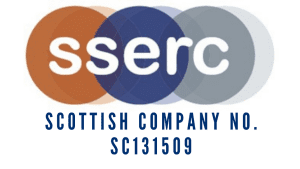
You can find out more about standard solutions here.
For most practical work, it is possible to get by making reasonably accurate solutions in the normal way. For instance weighing out the appropriate number of moles of solid and diluting to the required volume – or diluting a solution of concentrated acid.
For analytical work, however, you sometimes need to know concentrations more accurately. You do this by a process called standardisation.
A standard solution is one of accurately known concentration.
If you are lucky enough to be using a primary standard, then the process simply involves accurate weighing and making up the solution.
For other solutions, you need to accurately titrate your reagent against a solution of a primary standard so you can determine its concentration.



